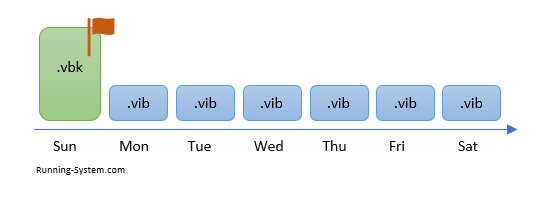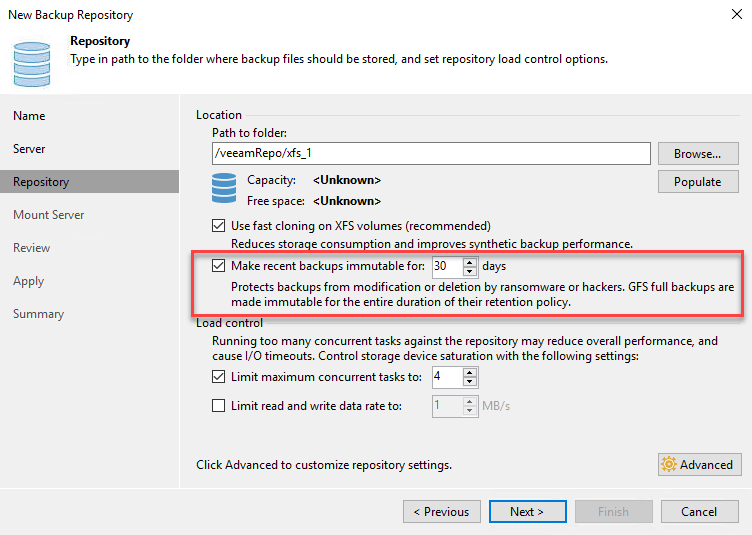

If you enable synthetic and/or active full backups, Veeam Backup & Replication will produce a forward incremental backup chain. Do not enable synthetic full backups and active full backups.To use the forever forward incremental backup method, you must select the following options in the backup job settings: For more information, see Forever Forward Incremental Backup Retention Policy. If Veeam Backup & Replication detects an outdated restore point, it transforms the backup chain to make room for the most recent restore point. For this purpose, Veeam Agent does not create any special new backup files it uses backup files created while backup job runs and marks these backups with specific GFS flags.

After adding a new restore point to the backup chain, Veeam Backup & Replication checks the retention policy for the job. The long-term or Grandfather-Father-Son (GFS) retention policy allows you to store backup files for long periods of time for weeks, months and even years. If some VM or service needs a different retention policy or settings enabled, we exclude this vm from the 'big vm backup' and create a new job, for example a gfs backup job for our fileserver, our sql servers, exchange, sharepoint etc.During subsequent backup job sessions, Veeam Backup & Replication copies only VM data blocks that have changed since the last backup job session (full or incremental) and saves these blocks as an incremental backup file in the backup chain.During the first session of a backup job, Veeam Backup & Replication creates a full backup file in the backup repository.Veeam Backup & Replication creates a forever forward incremental backup chain in the following way: The forever forward incremental backup method produces a backup chain that consists of the first full backup file (VBK) and a set of forward incremental backup files (VIB) following it.


 0 kommentar(er)
0 kommentar(er)
